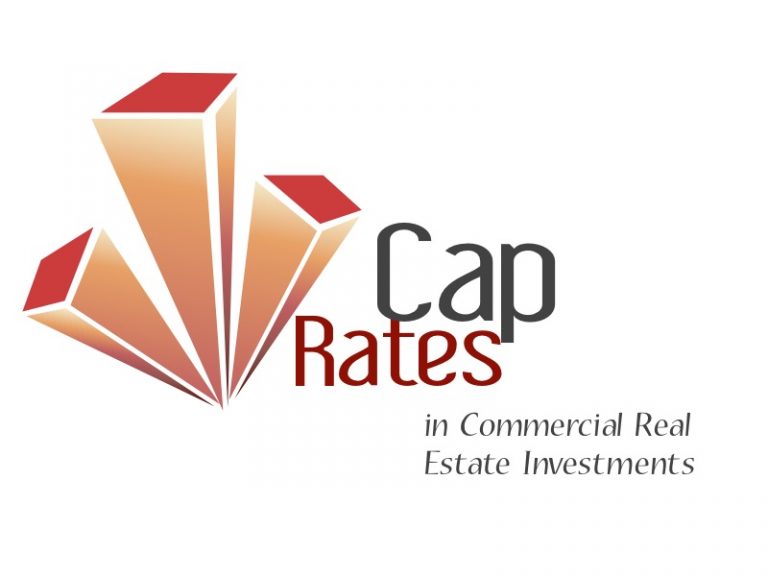One of the more commonly used measures in real estate for evaluating properties is the capitalization rate. The phrase cap rate is widely used in day-to-day real estate evaluations. It is known to be somewhat confusing as higher cap rates may not necessarily be indicative of a good deal. The investment strategy normally dictates the appropriate cap rate (range) to explore. In truth, using a discount cash flow internal rate of return (IRR) analysis is a far better and more rigorous approach to determining value. However, let’s just talk cap rates for now and in another post, we will discuss the many significant differences between using cap rates or IRR’s as a financial analysis.
Low Cap Rate Investment: So let us say you have a substantial amount of buying power and you are looking to purchase a class A (top-tier) apartment building fully leased with long term tenants. You want this building to be in a low crime area with fabulous walkability, shopping and transportation benefits. I mean, this hot shot building has a perpetual no vacancy sign hanging with a long waiting list of premium renters. Does this sound like a dream? A building like this would probably be measured at a low cap rate of 3 to 5%. It inherently is a low risk, income producing investment with turn-key property management.
The Cap Rate is the ratio between its net operating income (NOI) and its present Market Value (MV). CAP RATE (%) = NOI / MV x 100
Low cap rate marquee buildings are not easily found. They are normally in coastal, 24-hr cities. Coveted and limited. Usually, requires a large down payment upwards towards 60% (equity) with a premium sales price at closing.
High Cap Rate Investment: Now this apt building is probably in a mid-high crime area, suffering from deferred maintenance and high 10% + vacancy rates. The property manager is missing in action and the property taxes are backing up. This building would probably sell at a high cap rate from 9% to 16% and greater. The point being, a buyer could be looking for a high risk, hi cap rate investment. Their plan could be to upgrade and/or reposition the building because they feel the area is rejuvenating and appreciation is almost certain. The timeless buy low and sell high (flip) strategy. High cap rate investments normally purchase with low down payments and provide leverage for buyers looking for potential owner financing terms.
In a sensitivity analysis, the cap rate is an important factor as many professionals in the real estate industry commonly use the cap rate as a financial measure. Just a small change in the capitalization percentage creates significant variations sale price evaluation. I look forward to my following posts where we will discuss using Internal Rate of Returns when evaluating our next real estate investment.


Recent Comments